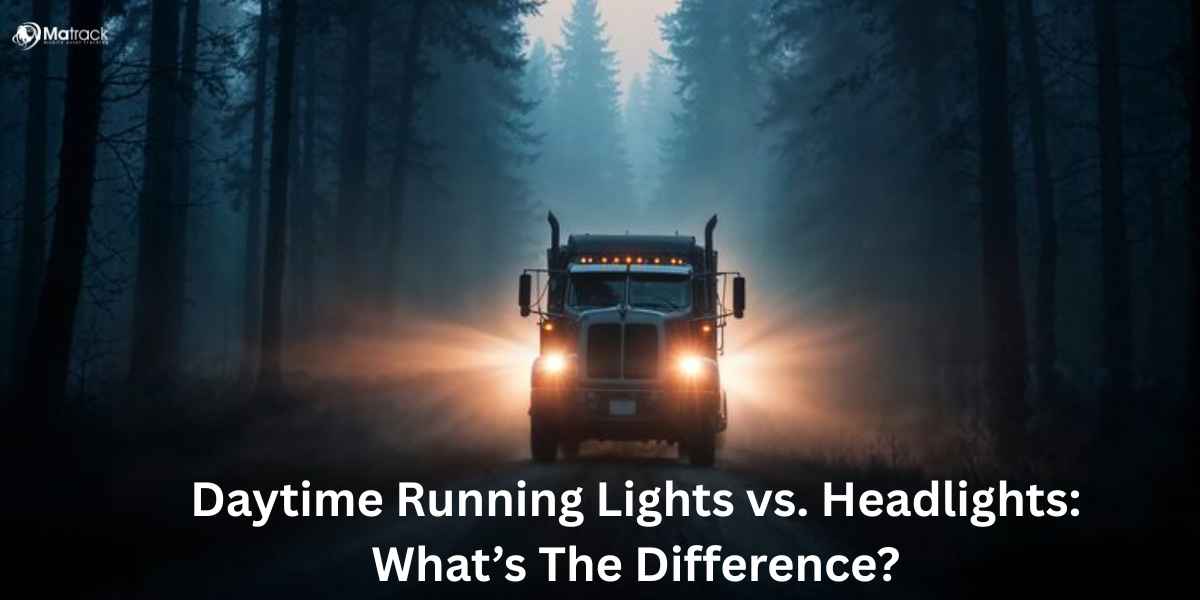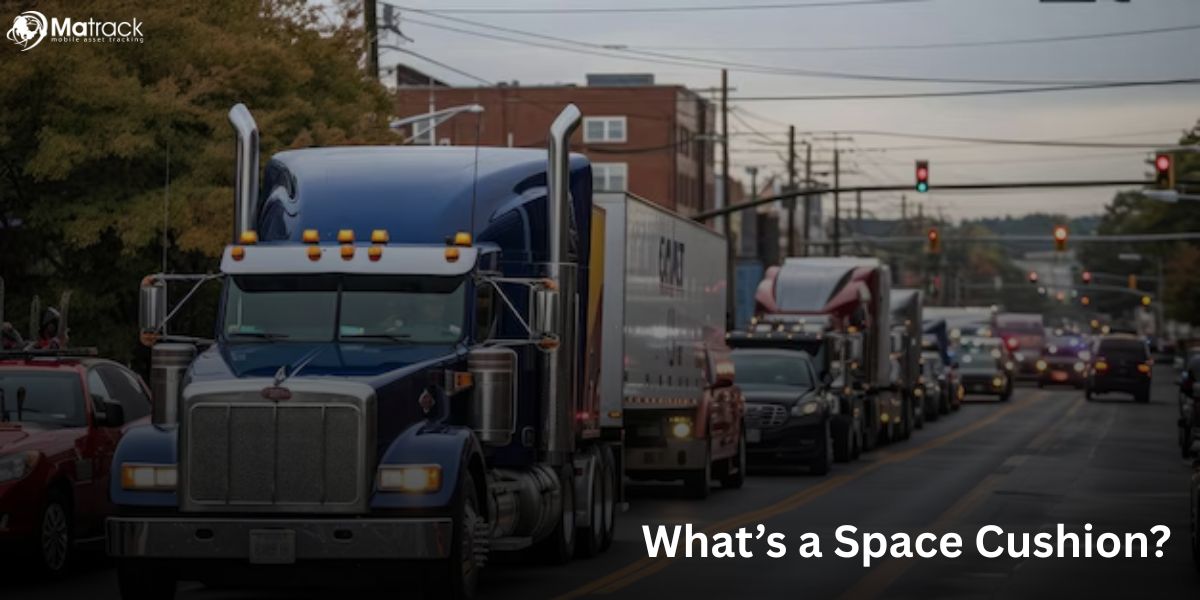Key Takeaways:
- Daytime Running Lights improve vehicle visibility during the day but do not light the road ahead.
- Headlights provide essential forward illumination in low-light or poor weather conditions.
- DRLs turn on automatically with the engine, while headlights require manual or sensor-based activation.
- Using DRLs during the day and headlights in darkness ensures full-time visibility and safer driving.
What Are Daytime Running Lights (DRLs)?
Daytime Running Lights (DRLs) are low-powered front-facing lights that automatically switch on when the vehicle’s engine is running. They are designed to make vehicles more noticeable to others during daylight hours without increasing driver visibility of the road ahead.
Unlike headlights, DRLs don’t light up the road but help other drivers, cyclists, and pedestrians see your car earlier and more clearly. This subtle presence on the road reduces the risk of daytime collisions, especially in shaded, overcast, or busy urban environments.
Most DRLs use LEDs because they consume minimal energy and last much longer than traditional bulbs. Their automatic function means drivers don’t need to remember to switch them on or off, adding an extra layer of safety without requiring any manual input.
Read More: What Does Daytime Running Lamps (DRL) Mean?
Advantages And Disadvantages Of Daytime Running Lights
| Advantages | Disadvantages |
| Increases vehicle visibility during daylight hours | Does not illuminate the road for the driver |
| Reduces daytime collisions by up to 6% | Cannot be manually turned off in most vehicles |
| Operates automatically with engine start | May mislead drivers into thinking headlights are active |
| Consumes very low power (8–20 watts with LEDs) | Some DRLs cause glare, especially high-intensity variants |
| Enhances safety in overcast or shaded conditions | May mask motorcycles or smaller vehicles in traffic |
| Requires no driver interaction once installed | Not legally required in all countries, creating confusion |
What Are Headlights?
Headlights are essential high-intensity lighting systems mounted at the front of a vehicle to illuminate the road in darkness or poor visibility. They support both low-beam and high-beam functions, giving drivers flexibility based on road and traffic conditions.
Different headlight types include halogen, LED, HID (Xenon), Matrix, and adaptive systems, each offering varying levels of brightness, efficiency, and beam precision. Low beams are suitable for city use, while high beams provide long-range visibility on rural or unlit roads.
Modern headlights activate either manually or automatically through sensors that detect ambient light. Their legal use is required in all regions during nighttime or when weather reduces visibility, making them crucial for safe driving in low-light scenarios.
Advantages And Disadvantages Of Headlights
| Advantages | Disadvantages |
| Illuminates the road in dark or low-visibility areas | High-intensity beams can cause glare to oncoming drivers |
| Improves driver reaction time and hazard detection | Improper use of high beams can blind other drivers |
| Essential for night driving and adverse weather | Higher energy consumption compared to DRLs |
| Offers multiple beam options (low and high) | Bulbs require periodic replacement and maintenance |
| Advanced systems adapt to steering and road curves | Sensor-based systems may malfunction or delay in activation |
| Required by law in all regions for nighttime driving | Overuse in daylight can wear out bulbs and drain battery |
What Are The Differences Between DRLs and Headlights?
Function and Purpose
Daytime Running Lights increase a vehicle’s visibility during daylight hours. The main purpose is to make the car noticeable to others without lighting the road ahead.
Headlights provide forward illumination when driving in low-light conditions. This lighting system helps the driver see the road clearly and alerts others to the vehicle’s presence at night.
Brightness and Beam Direction
DRLs produce a soft glow aimed outward from the front of the vehicle. This outward-facing light makes the vehicle stand out without affecting road visibility.
Headlights emit a much stronger beam directed straight ahead. The focused beam allows the driver to see farther and adjust visibility with either low or high beam settings.
How Each Light Activates
DRLs automatically switch on once the engine starts. No manual input is needed during regular daytime driving.
Headlights require activation through a manual switch or automatic sensor. The driver can control the beam intensity based on surrounding light conditions.
Energy Consumption
LED-powered DRLs use very low energy and have a long operating life. This efficient design keeps power usage minimal during continuous daytime operation.
Halogen or HID headlights consume more electricity due to their high brightness. Longer usage and beam intensity contribute to greater energy demand.
Legal Requirements
DRLs are built into most modern vehicles as a standard feature. Although not mandatory, inclusion improves daytime road safety.
Headlights are a legal requirement during nighttime driving and low-visibility weather. Traffic laws enforce proper headlight use to ensure safe driving conditions.
Working Together
DRLs enhance a vehicle’s visibility during daylight hours. Headlights ensure safe navigation after sunset and in difficult weather.
Both lighting systems contribute to road safety in different conditions. Using the correct lights at the right time reduces collision risks and keeps the vehicle visible in any environment.
When To Use DRLs Vs. Headlights?
Use Daytime Running Lights during clear daylight hours when full headlights aren’t necessary. DRLs help other road users notice your vehicle sooner, especially in busy streets or shaded areas.
Switch to headlights when visibility starts to drop, such as during dusk, rain, or fog. Headlights provide the forward illumination needed to navigate the road safely.
Always rely on headlights after sunset or in poor weather conditions where DRLs are no longer effective. Proper use of headlights improves road awareness for both the driver and others around.



